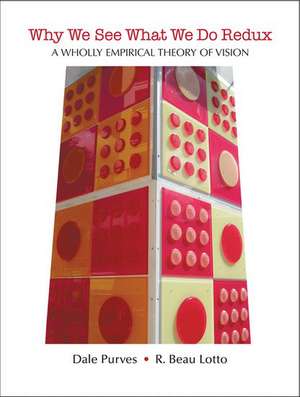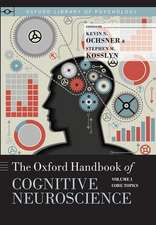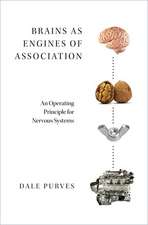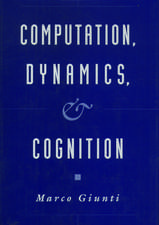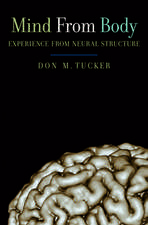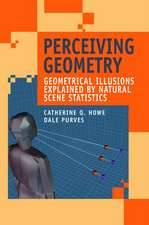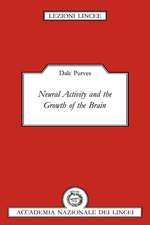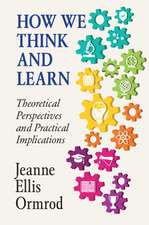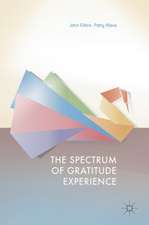Why We See What We Do Redux: A Wholly Empirical Theory of Vision
Autor Dale Purves, Beau R. Lottoen Limba Engleză Paperback – 5 noi 2010
Preț: 756.60 lei
Preț vechi: 915.29 lei
-17% Nou
Puncte Express: 1135
Preț estimativ în valută:
144.79€ • 150.61$ • 119.54£
144.79€ • 150.61$ • 119.54£
Carte disponibilă
Livrare economică 13-19 martie
Preluare comenzi: 021 569.72.76
Specificații
ISBN-13: 9780878935963
ISBN-10: 0878935967
Pagini: 262
Dimensiuni: 234 x 178 x 13 mm
Greutate: 0.54 kg
Editura: Oxford University Press
Colecția OUP USA
Locul publicării:New York, United States
ISBN-10: 0878935967
Pagini: 262
Dimensiuni: 234 x 178 x 13 mm
Greutate: 0.54 kg
Editura: Oxford University Press
Colecția OUP USA
Locul publicării:New York, United States
Recenzii
In their book, Purves and Lotto present a nontraditional perspective on understanding visual perception. It is comprehensive and provocative, and perhaps most important, provides a critical review of approaches to understanding visual perception that are based on the processing of representations or images. As a result, it is worth reading, especially by researchers who would like to reverse the trend of perception being given short shrift in vision research. One of the great strengths of the approach that Purves and Lotto develop is that it is consistent with recent theories of evolution and learning that stress the plasticity of the nervous system.
Notă biografică
Dale Purves is Professor in the Departments of Neurobiology, Psychology, and Brain Sciences, and Philosophy at Duke University. After earning a B.A. from Yale, an M.D. from Harvard Medical School, and completing an assistant residency at Massachusetts General Hospital, Dr. Purves was a postdoctoral fellow in the Department of Neurobiology at Harvard Medical School and subsequently in the Department of Biophysics at University College London. He joined the faculty at Washington University School of Medicine in 1973, where he was Professor of Physiology and Biophysics, and came to Duke as the founding chair of the Neurobiology Department in 1990. From 2003 to 2009 he was Director of Duke's Center for Cognitive Neuroscience. Dr. Purves is now Director of the Neuroscience and Behavioral Disorders Program of the Duke's Graduate Medical School in Singapore. His research in recent years has sought to explain why we see and hear what we do.R. Beau Lotto is a Reader of Neuroscience at University College London. He received his undergraduate degree at the University of California, Berkeley and a Ph.D. from the University of Edinburgh. Dr. Lotto's work spans studies of bees, humans, and machines that have led to public work installations and interactive/participatory performances. He has lectured on perception for general audiences in the Technology, Entertainment, and Design (TED) series, the RSA series, and the BBC. His "Street Science" installations include a six-meter colored-glass tower called the Beacon on Old Street in London (see the book cover), an installation of light, glass, and bees for the Science Gallery in Dublin, and "White Shadows," an installation for the Hayward Gallery. Current projects include a perception-based education program for primary schools in the UK, a Glass Windmill for the Wellcome Trust, and the Vertical Orchestra with the London Sinfonietta.
